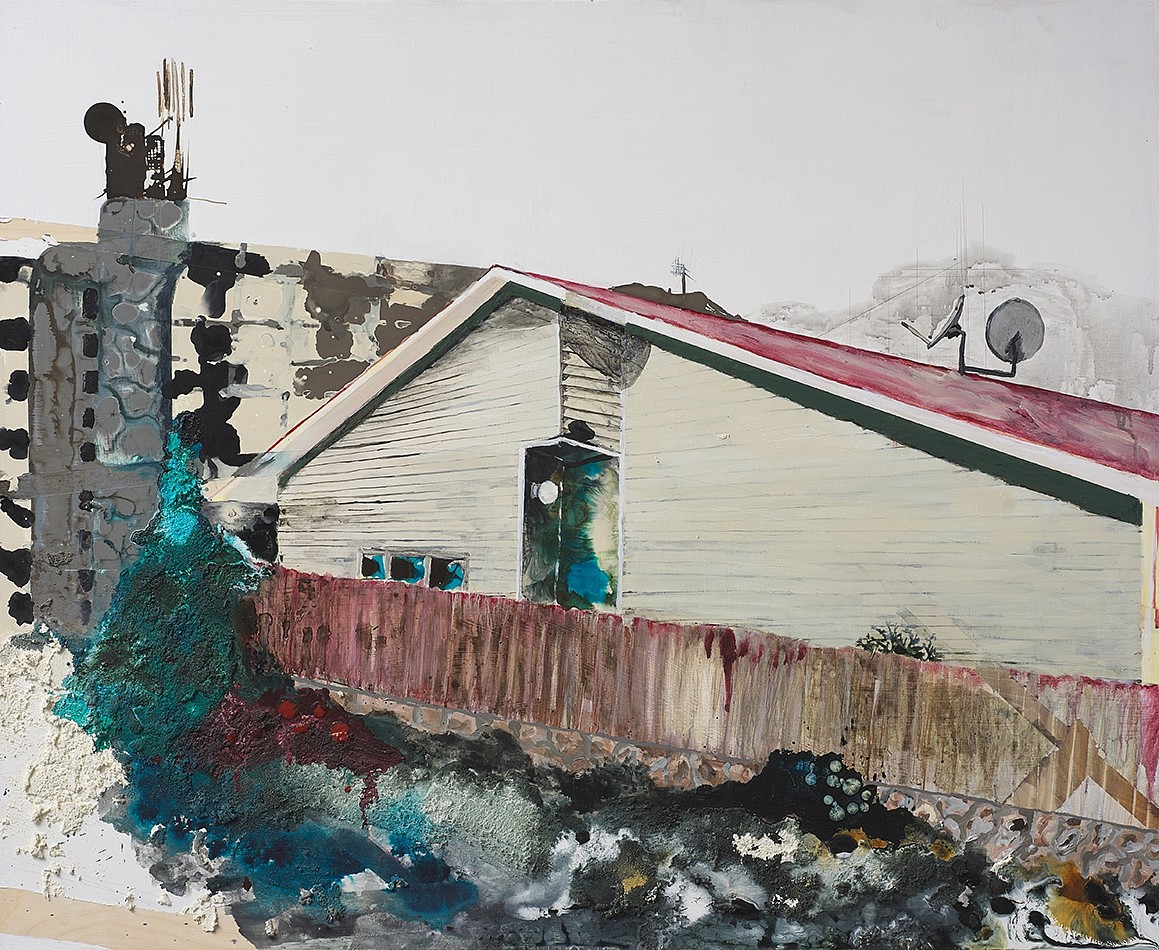PRESS RELEASE

Flaneuse : Tamar Roded Shabtay
Nov 15, 2020 – May 30, 2021
Litvak Contemporary is pleased to announce its current exhibition, Flaneuse, featuring artist Tamar Roded Shabtay.
All The Things I Have Seen
Bar Yerushalmi
The vision mechanism, so we learn from biology textbooks, involves our senses performing a “sensory conversion” (transduction, in medical terms). This biological process sees physical information coded as complex perceptual information. Yet the same conversion is not set merely within the confines of the retina and the nervous system. It is also found in the conceptual and practical act of painting: the connection between the “seeing I” and the acting hand.
The question “what is it that is see?” repeated over and again when beholding the works of Tamar Roded, is also a major key to deciphering the body of work presented in the exhibition, works that combine vision, body, consciousness and painting into one act – lived experience translated into flat visual thought.
Born in Arad, Roded chooses to turn her vision onto the landscape of her hometown, and particularly the Maof neighborhood. This neighborhood was built to provide quick living solutions for the large wave of immigrants from the Soviet Union in the 1990s. it is characterized by transportable, readymade building parts that were fabricated in an American factory and “planted” in the city at haste with scant planning.
The landscape seen in Roded’s painting does not depict the trials of the historical immigration, nor does it present a naturalistic report on life in a remote neighborhood. Roded’s painting does not seek to translate biological vision, but to reflect a complex reality, in which the act of painting involves another dimension of data processing – the consciousness: that illusive term, combines and distorts sensed life experience into something else, different in essence from its original raw form. Or in other words: the painting is not an imitation or a copy of “what I see,” but a constant reflection of the “essence” of vision itself.
Wandering around her neighborhood, Roded reconstructs in her paintings the memory of her body in motion: via painterly acts of removing and adding, mixing and stretching, she imprints the bodily experience of vision and converts it into a “stream of consciousness” (in Virginia Woolf’s prescient words) through which things are experienced for both their internal and external essence. A pictorial moment in which different layers of visual data meet: building parts, architectural sketches, scorching afternoon desert light, a figure moving in the shadows, agave plants reaching up into the darkness, and even the actual wall plaster, are all thrown onto the painting’s plywood support.
Roded’s meandering eye is an organ of many facets that looks into the past and onto the present. Its analysis is conducted from personal and literary viewpoints that center on the paintings’ subject – the neighborhood – and its various time and space axes. These illusive works refuse to commit to a clear narrative, preferring to “switch” between subjects and tell an open-ended story.
In stark contrast to the visual jumps in the series of landscape paintings, Roded summarizes the entire painterly act in one succinct work: a wall of painted flint stones – a unique stone in Arad’s landscape and buildings. In her hands it becomes a local Western Wall of sorts set right in front of the viewer. Using relief and painting, Roded chooses to “see” the material from which the city is formed, turning the act of seeing onto a single object of sight – the essence of a human city planted in the desert winds.
To view catalog please click here

